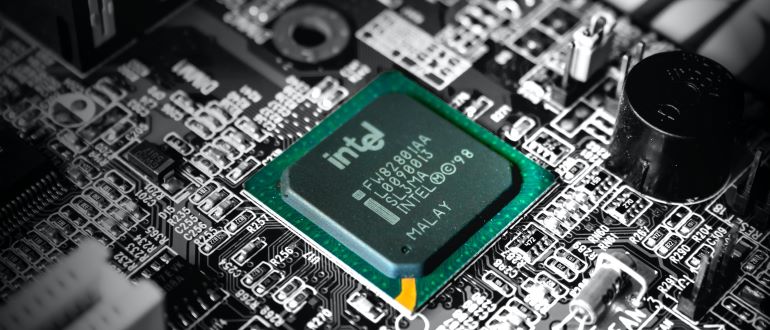
Intel Corp. is revving up the hype machine on Gaudi 3, its third-generation AI chip, before rival NVIDIA Corp. announces its second-quarter earnings on Wednesday.
At the Hot Chips 2024 conference at Stanford University, Intel presented four technical papers highlighting Gaudi 3, the Intel Xeon 6 SoC, Lunar Lake client processor, and the OCI chiplet.
Intel demonstrated advancements in AI use cases – from the data center, cloud and network to the edge and PC – and unveiled new details about the Intel Xeon 6 SoC, code-named Granite Rapids-D, scheduled to launch during the first half of 2025. More information on Gaudi 3 AI accelerators and future Intel Xeon 6 products will be shared during a launch event in September, according to the company.
Roman Kaplan, chief architect of AI accelerators at Intel, covered training and deployment of generative AI models requiring extensive compute power.
Gaudi 3 addresses these issues, he said, with optimized architecture affecting compute, memory and networking architectures while employing strategies such as efficient matrix multiplication engines, two-level cache integration and extensive RoCE (RDMA over Converged Ethernet) networking.
That, in turn, allows the Gaudi 3 AI accelerator to achieve significant performance and power efficiencies that enable AI data centers to operate more cost-effectively and sustainably, addressing scalability issues when deploying GenAI workloads.
“Consumers now have AI PC options that provide intelligent capabilities that elevate productivity, creativity, gaming, entertainment and security, and businesses can leverage the power of edge computing and AI to improve decision making, increase automation and gain value from proprietary data,” Intel said in a statement.
Intel’s Gaudi line of AI chips initially were pitched as a low-cost alternative to NVIDIA’s pricey GPUs, though they come up short in matching market leader NVIDIA’s chips in performance.
That changed in April with the release of Gaudi 3, which Intel claims out-performs NVIDIA’s H100 GPU by 50% on average in AI inference tasks and with 40% better power efficiency — all while at half the cost of NVIDIA’s chip.
Intel expects Gaudi 3 to generate a modest $500 million in sales this year; conversely, Advanced Micro Devices Inc. projects about $3.5 billion in sales for its Instinct MI300-series in 2024, and NVIDIA’s data center GPU is expected to top $40 billion.
“At our Vision event, we had over 20 customers publicly describing their embrace of Gaudi 2 and Gaudi 3,” Intel Chief Financial Officer David Zinsner said in an earnings conference call with analysts in April.


